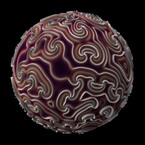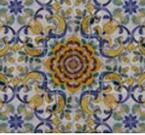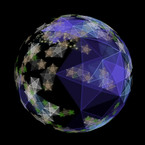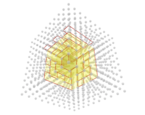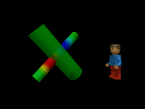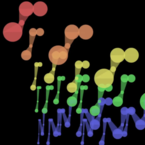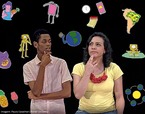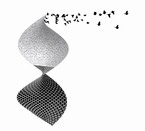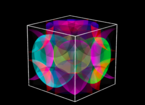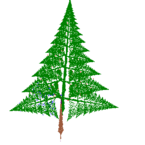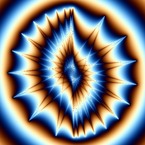MathLapse - Math Art - South Indian Traditional Art SUZHI Kolam
films
Licence
Crédits
- Design and Development
Kolam skills are considered as mark of grace, dexterity, discipline and concentration. Also, Kolam expresses mathematical ideas.
Preservation of the traditional art “Kolam” by transforming it to digital information and being recognized as a part of the world heritage.
A kolam is a geometrical drawing composed of curved loops drawn around a grid pattern of dots. It is sometimes called as “Rangoli” and can be very elaborate and colorful. Kolams originated about 2500 BC in the Indus Valley Civilization and are believed to help bring wealth and prosperity to the home or business.
Digitization of the information archived about Kolam is an important step in efforts for dissemination. This would provide a worldwide access to this information. Hence scholars and interested individuals would easily be able to access and practice the tradition.
Single Stroke kolam also called as “ANTHATHI Kolam” in Tamil Nadu. The Smooth line starts at a point and end in the same point. Single stroke kolam can be drawn for any type of dot structure (rhombic, square, triangular, or free shapes)
In Tamil Nadu, women of all ages draw Kolam (Tamil plural: kolangal) patterns. These patterns are often drawn in the early morning on the threshold of the home as a kind of visual prayer for the safety and wellbeing of the household. Special kolam designs are created for the holy day of Pongal, the Tamil New Year festival, celebrated during the month of Margazhi, which extends from mid-December to mid-January each year The traditional art “Suzhi Kolam” is a geometrical line drawing composed of lines and curved loops, drawn around a grid pattern of dots.
In South India, it is widely practiced by Hindu women community in front of their homes. Inscription would not only revive respect for our ancestors and their creativity, it would also help all to appreciate art as a blend of science and creativity. Women today have taken up a number of corporate and innovative career options for financial independence and self-sufficiency. This has led to a marked reduction in the number of women who regularly practise this art. Hence, time is a major constraint for women, and they are not able to continue with their domestic art on a regular basis. There is no formal transmission of the art. The next generation is forgetting the importance and the relevance of the tradition.
The mathematical and scientific explanations would not only attract the young generation to practice the art, but would also generate curiosity amongst scholars to preserve the tradition. Suzhi Kolam is a special kind of graph where the intersection points called as vertices and lines connecting these vertices are called as edges.
It is however, difficult to distinguish the complexity of Kolam at glance. Creating Kolam pattern is expected to be useful for activating/training human brain. It is a wonder that a woman with no math knowledge (except counting) is able to draw any type of complex pattern without much effort. They show their perfection in geometrical presentation, symmetry, straight lines, curves etc., Girls capture, encode, and decode the image in their memory with much clarity before reproducing it on the ground. Kolam can be called as an “ethnomathematical” activity.


